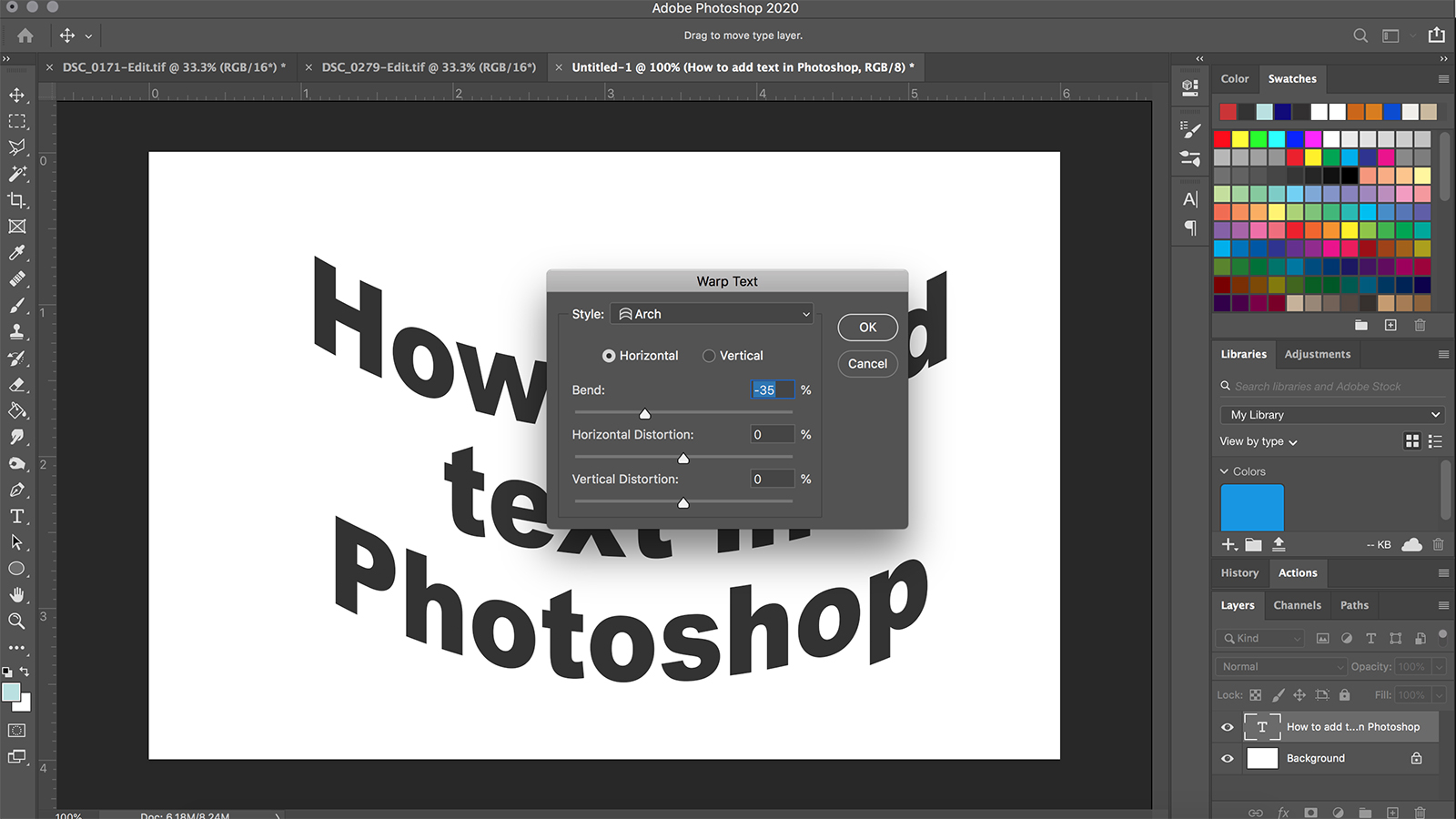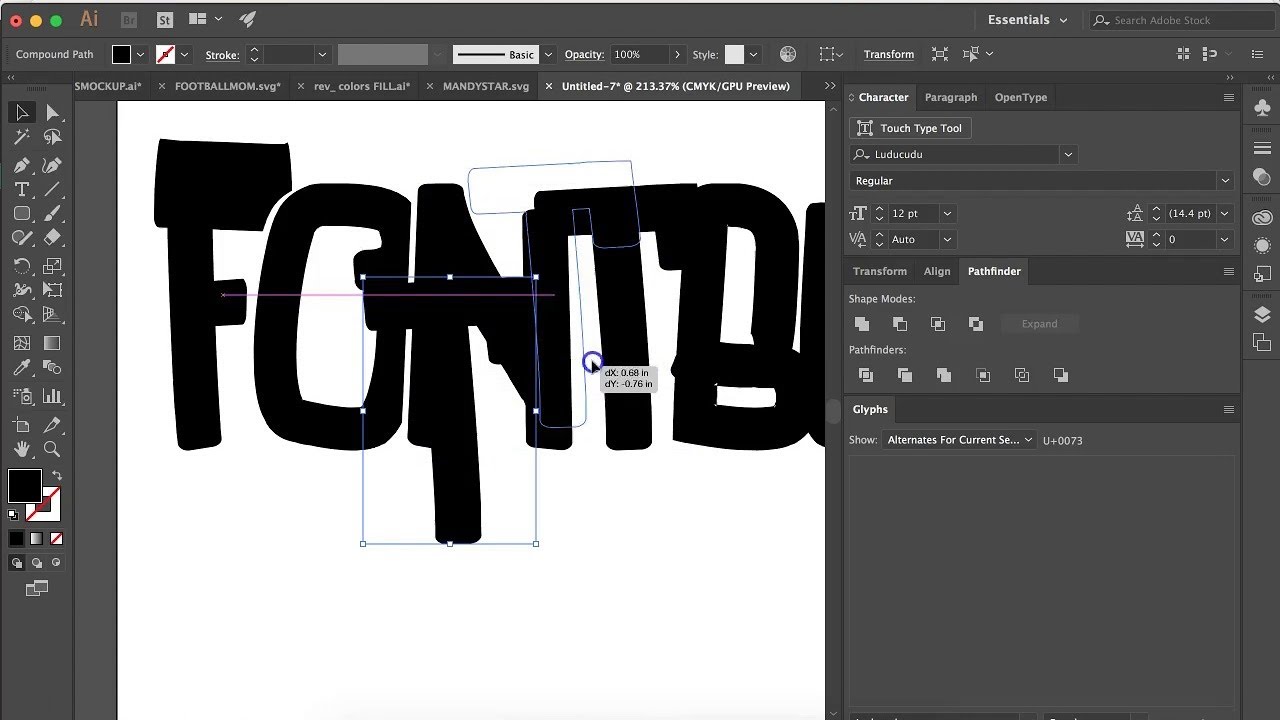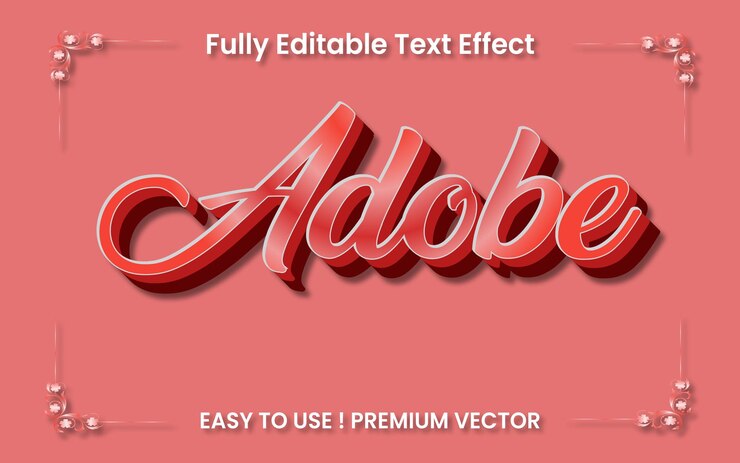If you’re looking for high-quality images for your projects, Adobe Stock is a fantastic resource. It offers millions of images, videos, templates, and 3D assets, which can elevate your design and marketing efforts. But beyond just browsing a vast library, it's important to understand how you can edit these stock images to better fit your needs. In this blog post, we’ll dive into the basics of Adobe Stock and how to navigate the world of editing.
Understanding the Limitations of Editing Stock Images

When it comes to editing stock images, Adobe Stock is a treasure trove of creativity; however, it’s essential to be aware of certain limitations that might come into play. Here’s what you need to consider:
- License Restrictions: Stock images come with licensing agreements that dictate how you can use them. Typically, standard licenses allow for personal and commercial use, but you might face restrictions when altering the original image greatly. Always check the specific terms before you start editing.
- Quality Concerns: While you may want to resize, crop, or modify images, keep in mind that some edits can impact the image quality. For instance, enlarging a small image may lead to pixelation, detracting from the professional look you’re aiming for.
- Editing Capabilities: Adobe Stock images can be easily edited using software like Adobe Photoshop or Adobe Illustrator. However, certain intricate designs or textures may require advanced skills to manipulate effectively. Familiarize yourself with the tools at your disposal to enhance your editing experience.
While these limitations exist, they shouldn’t discourage your creative process. Instead, view them as guidelines to help you stay within legal and quality standards. With some practice, you can create visually striking works using Adobe Stock.
It’s also worth noting that some stock images allow for greater flexibility when editing, especially if they come in vector format or are layered files. These can be easier to manipulate without losing quality. On the other hand, raster images like JPEGs might not afford you the same ease when it comes to extensive editing.
In conclusion, knowing the limitations of editing stock images in Adobe Stock is key to achieving successful results. Embrace the challenges and push your creative boundaries while respecting the legal and quality aspects of your work. Happy editing!
Also Read This: How to Remove Text from YouTube Shorts for a Cleaner Look
3. Tools You Need for Editing Text in Adobe Stock Images

Before diving into the world of editing text in Adobe Stock images, it’s essential to gather the right tools to make the process as smooth as possible. Here’s what you’ll need:
- Adobe Photoshop: The most powerful tool for editing images, Photoshop is the go-to application for professionals and enthusiasts alike. It offers a wide range of features that can help you manipulate text, images, and everything in between.
- Adobe Illustrator: If you're dealing with vector images, Illustrator can be incredibly beneficial. It allows for precise adjustments to text and design elements, making it suitable for logos and scalable graphics.
- Adobe Creative Cloud: Having access to the full suite of Adobe applications can be a game-changer. Tools like Adobe InDesign and Adobe Premiere can also play roles in more extensive projects.
- Graphics Tablet: If you’re into precise editing or digital painting, a graphics tablet can offer improved control and a more natural drawing experience than a mouse.
- Text Management Tools: Using tools like Google Docs or Notepad can help you organize your text before importing it into your Adobe projects. This makes it easy to edit and refine your text outside of the design software.
Choosing the Right Stock Images: Make sure the images you pick are editable. While many Adobe Stock images are high-quality and ready for modification, not all of them will cater to extensive text edits. Look out for images that are either clearly labeled as editable or come with layered PSD files.
As we gear up for the editing process, having these tools at your fingertips will set you up for success. From high-end software to practical management tools, each of these elements plays an important role in helping you effectively edit text in your chosen images.
Also Read This: How to Create Stunning Infographics with 123RF Images
4. Step-by-Step Guide to Editing Text in Adobe Stock Images

Now that you’ve got your tools in place, let’s take a closer look at how to edit text in your Adobe Stock images step by step. Don’t worry; I’ll walk you through it!
- Step 1: Import Your Stock Image
Launch Adobe Photoshop or Illustrator. Open your selected stock image by navigating to File > Open, and select the file from your computer. If your image has layers, ensure you import the correct format, like a PSD. - Step 2: Locate the Text Layer
In the Layers panel (usually located on the right side), look for the text layer you want to edit. It will typically have a "T" icon next to it. If the text is embedded within the image, you might first need to use the Text Tool to outline or select it. - Step 3: Edit the Text
Select the Text Tool (T), then click on the text you want to edit. You can change the font, size, color, and alignment to fit your vision for the project. Make sure to play around with these settings to see what looks best! - Step 4: Modify the Background or Other Elements (Optional)
Sometimes, changing the text will necessitate adjustments to surrounding elements. Feel free to reshape or resize shapes, images, or backgrounds within the composition to maintain a cohesive look. - Step 5: Save Your Changes
Once you’re satisfied with your edits, go to File > Save As to save your image. Choose the appropriate format for your needs, whether that’s PNG, JPEG, or a layered file format if you wish to preserve the editing layers.
And there you have it! With these steps, editing text in Adobe Stock images becomes a simple, straightforward process. Remember, like any skill, practice makes perfect. Don't hesitate to experiment with different images and styles to truly unlock your creativity!
Also Read This: Best Practices and Legal Considerations for Recording Music from YouTube
5. Tips for Maintaining Image Quality while Editing

Editing text in Adobe Stock images can be a fun and creative process, but it’s essential to ensure that the overall image quality is preserved. Here are some practical tips to help you maintain the integrity of your images while making those text changes:
- Use High-Resolution Images: Start with high-resolution files whenever possible. This gives you more flexibility when editing, allowing you to manipulate text and graphics without significant loss of quality.
- Avoid Over-Compression: When saving your edited image, be cautious about compression settings. Over-compressing can lead to noticeable artifacts. Aim for a balance between file size and image clarity.
- Work in a Non-Destructive Manner: Use tools and techniques that allow for non-destructive editing. For instance, making adjustments on separate layers in Adobe Photoshop ensures that original images remain untouched, allowing for easy reverts if needed.
- Save in the Right Format: Choose image formats wisely based on your needs. For print, formats like TIFF or PNG are ideal, while JPEGs might be more suitable for web use. Each format has different implications for quality and file size.
- Check Scaling and Resizing: If you need to resize the image, avoid scaling it up significantly from a small resolution, as this can lead to pixelation. Always scale down when possible, preserving the image’s sharpness.
- Consider Color Profiles: Make sure to use the appropriate color profile for your medium (RGB for web, CMYK for print). This helps maintain color accuracy during editing and final output.
By following these simple tips, you can seamlessly edit text in your Adobe Stock images while ensuring the quality remains pristine. Always preview your final product before publishing or printing to catch any potential issues!
Also Read This: 123RF vs 500px: Selecting the Right Platform for Selling Photos
6. Alternatives to Editing Text in Adobe Stock Images
If you’re looking to edit text in Adobe Stock images but are facing limitations, don’t worry! There are several alternatives you can explore that might turn out to be just as effective, if not better. Here are a few options to consider:
| Alternative Tool | Description |
|---|---|
| Canva | A user-friendly graphic design platform that allows for easy text editing on stock images. It’s especially great for social media graphics and presentations. |
| Figma | A powerful web-based design tool that's excellent for collaborative projects and allows for easy vector editing, including text manipulation. |
| GIMP | This free, open-source image editor provides robust features similar to Photoshop, making it ideal for more advanced edits without a price tag. |
| Photoshop Elements | A simplified version of Adobe Photoshop that's perfect for novices looking to edit images quickly and effectively. |
| PicMonkey | An online photo editing tool that offers a variety of templates and easy text editing functionalities, great for quick projects. |
These alternatives can provide you with different functionalities and user experiences, making the editing process more enjoyable and efficient. Whether you prefer a web-based tool or a downloadable program, there's an option out there to suit your needs!
Conclusion: Enhancing Your Adobe Stock Images Effectively
In conclusion, editing text in Adobe Stock images can significantly enhance your projects and marketing materials. By following the right techniques, you can ensure that your images not only attract attention but also convey the intended message powerfully. Here are some key takeaways to consider:
- Choose the Right Font: Opt for fonts that align with your brand's identity for greater impact.
- Maintain Readability: Ensure your text is legible against the background. Use contrasting colors or text outlines when necessary.
- Keep it Simple: Avoid cluttering your images with too much text. Less is often more.
- Utilize Layers: Use layers in Adobe software to isolate text, making it easier to manipulate and style.
- Inspect Alignment: Proper text alignment can improve the overall aesthetics and professionalism of your image.
Additionally, consider experimenting with different editing tools available in Adobe Creative Cloud. Techniques like shadowing, blending modes, and layer styles can add depth and interest to your text overlays.
By employing these strategies, you can effectively enhance your Adobe Stock images and make them more appealing to your audience, leading to better engagement and overall success in your visual storytelling.
 admin
admin








